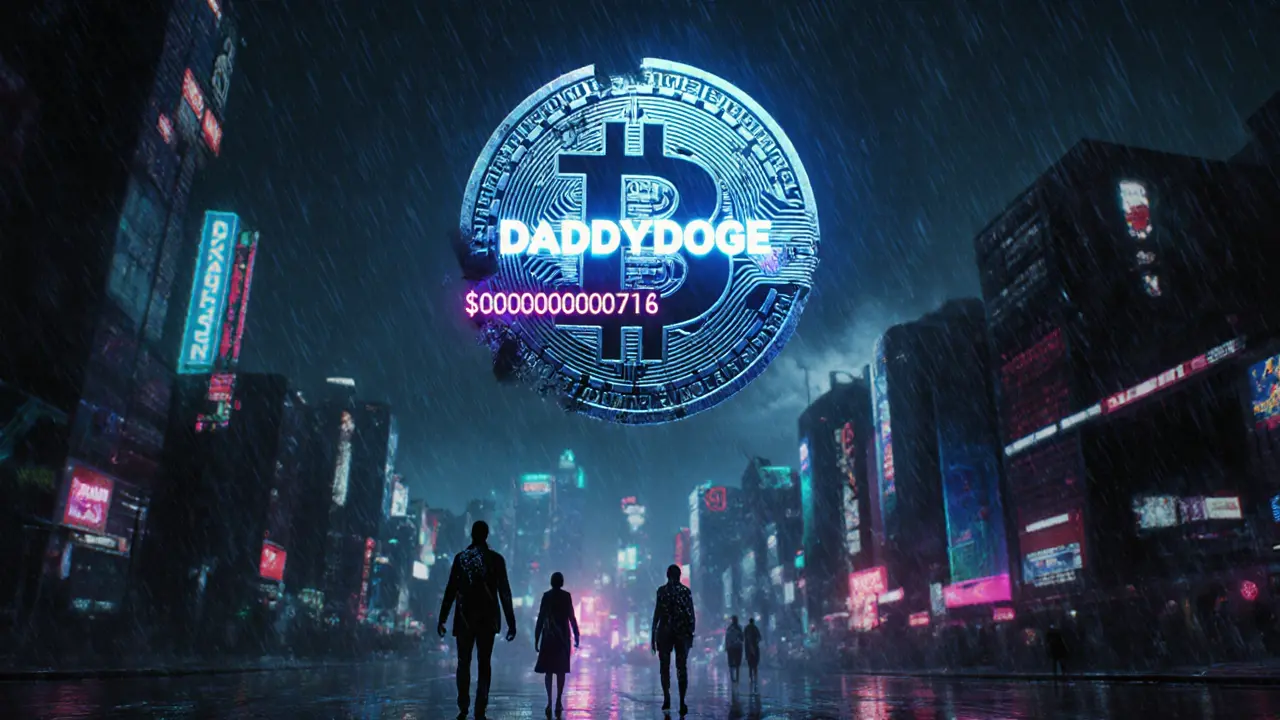Abster (ABSTER) is a meme coin tied to the Pudgy Penguins mascot, launched by an unaffiliated team. With low liquidity, high volatility, and no utility, it's a speculative gamble - not an investment.
Meme Coin: What They Are, Why They Rise, and Why Most Fail
When you hear meme coin, a cryptocurrency created as a joke, often with no utility or team, driven purely by internet culture and hype. Also known as crypto memecoin, it’s less like Bitcoin and more like a viral TikTok trend with a blockchain backend. Unlike real projects, meme coins don’t solve problems. They don’t have whitepapers that explain how they’ll change finance. They have memes. They have dog faces. They have Elon Musk tweets. And somehow, that’s enough to send prices soaring—before crashing just as fast.
Take Dogecoin, the original meme coin, launched in 2013 as a parody of Bitcoin, featuring the Shiba Inu dog from the "Doge" meme. It had no roadmap, no team, no tech breakthroughs. But it had community. And that’s what kept it alive. Then came Shiba Inu, a copycat that used the same dog, added tokenomics, and turned into a billion-dollar project by riding Dogecoin’s coattails and crypto FOMO. Both are pure speculation. Neither has real use. But people still trade them—because they believe the next tweet, the next pump, the next moon might be theirs.
That’s the pattern. A meme coin pops up—usually on Solana or BSC—because someone made a funny logo, threw in a catchy name, and posted it on Reddit. Within days, it’s on CoinGecko. Within weeks, it’s trending on Twitter. Retail traders jump in, chasing quick gains. No one checks the liquidity. No one reads the contract. They just see the chart going up and think, "This could be my life-changing trade." But here’s the truth: 99% of these coins die within months. The teams vanish. The Discord goes silent. The website disappears. And the token? Worthless. You’ll find that in the posts below—like Yotoshi, Birb, and Perezoso. All meme coins. All with zero real value. All bought by people hoping for a miracle.
What makes a meme coin different from a scam? Sometimes, nothing. The line is blurry. Some meme coins are just jokes. Others are pump-and-dumps disguised as community projects. Either way, they’re not investments. They’re gambling with internet culture as your only edge. And if you’re going to play, you better know the rules: never invest more than you can lose. Never trust anonymous teams. And never, ever believe the hype.
Below, you’ll find real stories about meme coins that rose fast and crashed harder. You’ll see how scams hide behind meme branding. You’ll learn why some tokens have three different versions with the same name. And you’ll understand why most analysts warn against them—not because they’re boring, but because they’re dangerous.
UPTOS is a low-liquidity meme coin with a collapsed price, no development, and almost no trading volume. Learn why it's not a real investment and how to avoid similar crypto traps.
Daddy Doge (DADDYDOGE) is a deflationary meme coin on Binance Smart Chain that launched in 2021 with a complex tokenomics model. Today, it's nearly worthless, with near-zero trading volume, no development, and a collapsed price. Here's why it's not worth holding.



